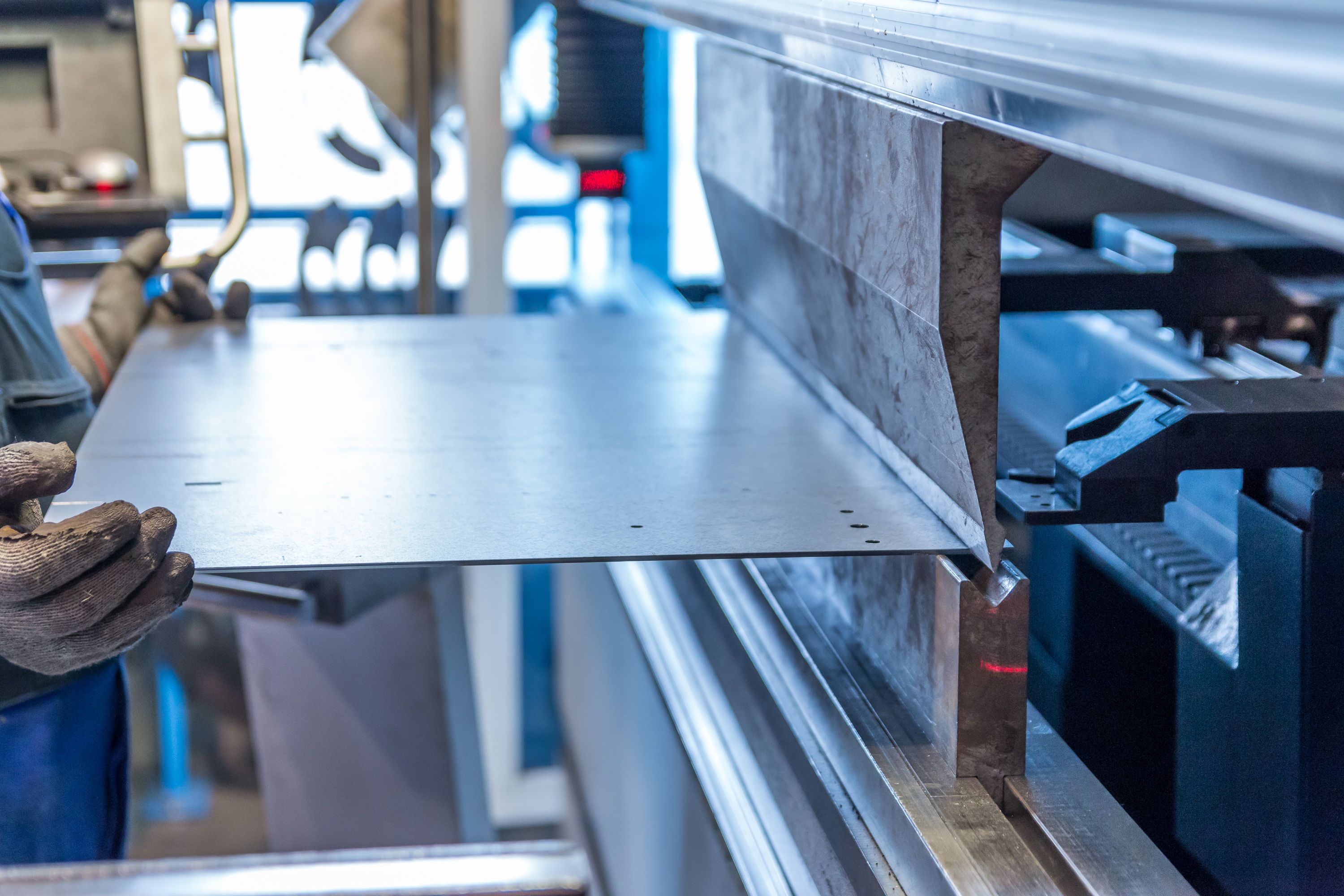Sustainable Practices in Sheet Metal Working: Reducing Waste and Enhancing Efficiency+ View more
Sustainable Practices in Sheet Metal Working: Reducing Waste and Enhancing Efficiency
+ View more
Date:2023-11-20 11:00
Introduction
In today's world, sustainability has become a crucial consideration across industries. The sheet metal working sector is no exception, as manufacturers strive to reduce waste, minimize environmental impact, and enhance overall efficiency. This article explores the importance of sustainable practices in sheet metal working, focusing on strategies to reduce waste generation, optimize energy consumption, promote recycling, and embrace green technologies.

Waste Reduction Strategies
Waste reduction is a key aspect of sustainable sheet metal working. By implementing efficient production planning and material management techniques, manufacturers can minimize scrap and offcuts. Employing precise cutting technologies, such as laser or waterjet cutting, reduces material waste and maximizes material utilization. Additionally, embracing lean manufacturing principles and optimizing nesting algorithms can further enhance efficiency by minimizing raw material consumption.
Energy Optimization and Conservation
Energy consumption plays a significant role in the environmental footprint of sheet metal working. Manufacturers can adopt energy optimization practices, such as investing in energy-efficient machinery, utilizing smart controls for equipment, and implementing energy monitoring systems. By identifying energy-intensive processes, optimizing machine utilization, and implementing energy-saving measures like LED lighting and insulation, manufacturers can significantly reduce energy consumption and associated costs.
Recycling and Circular Economy Initiatives
Promoting recycling and embracing the circular economy are vital components of sustainable sheet metal working. Manufacturers can establish recycling programs to efficiently manage and segregate waste materials such as scrap metal, packaging materials, and lubricants. Partnering with specialized recycling facilities ensures that waste materials are properly processed and reintroduced into the supply chain as secondary raw materials. By closing the loop and reducing reliance on virgin resources, manufacturers contribute to a more sustainable and resource-efficient industry.
Green Technologies and Processes
Incorporating green technologies and processes is essential for sustainable sheet metal working. For instance, adopting water-based or environmentally friendly lubricants instead of toxic chemicals reduces environmental impact. Utilizing renewable energy sources, such as solar or wind power, for machinery operation and facility needs further contributes to sustainability. Additionally, investing in advanced technologies like regenerative thermal oxidizers (RTOs) can minimize emissions from industrial processes, ensuring compliance with environmental regulations.
Employee Engagement and Training
Ensuring sustainable practices in sheet metal working requires the active participation and engagement of employees. Manufacturers should provide adequate training programs on waste management, energy conservation, and recycling practices. Encouraging employee involvement in identifying process improvements and innovative ideas fosters a culture of sustainability within the organization. By empowering employees with knowledge and actively involving them in sustainability initiatives, manufacturers can drive continuous improvement and enhance overall efficiency.
Collaboration with Suppliers and Customers
Sustainable sheet metal working extends beyond individual manufacturing facilities. Collaborating with suppliers and customers is crucial to establish a sustainable supply chain. Manufacturers can engage in dialogue with suppliers to source materials from environmentally responsible vendors and encourage the use of recyclable packaging. Furthermore, working closely with customers allows manufacturers to understand their sustainability goals and develop tailored solutions that align with those objectives. This collaboration ensures that sustainability efforts are integrated throughout the value chain.
Monitoring, Reporting, and Benchmarking
To track progress and identify areas for improvement, manufacturers should establish monitoring and reporting mechanisms. Implementing key performance indicators (KPIs), such as waste generation per unit produced, energy consumption per process, and recycling rates, enables ongoing assessment and benchmarking against industry standards. Regular sustainability audits and transparent reporting provide stakeholders with a clear understanding of the company's sustainability performance and demonstrate a commitment to continuous improvement.
Conclusion
Embracing sustainable practices in sheet metal working not only benefits the environment but also improves operational efficiency and cost-effectiveness. By reducing waste generation, optimizing energy consumption, promoting recycling, utilizing green technologies, engaging employees, collaborating with stakeholders, and monitoring sustainability performance, manufacturers can build a more sustainable future for the industry. Embracing sustainability is not only a responsibility but also an opportunity to enhance competitiveness, meet customer expectations, and contribute to a greener and more resilient sheet metal working sector.
Share to:
Recommend wonderful blog posts

